MuME in Messina, the largest museum in southern Italy. Part one
It is the largest museum in the South, the MuMe, Museo Regionale Interdisciplinare di Messina, with its 17,000 square meters compared to Capodimonte’s 15,000 square meters. Along with its size, another strength compared to other large southern museums such as Palazzo Arnone and the National Museum of Reggio Calabria, as well as Capodimonte itself, is the interdisciplinary nature of its collections. A heritage of first-rate paintings and sculptures, with the Antonello da Messina, Alibrandi, Montorsoli, Rodriguez and the Caravaggio, juxtaposed with archaeological, numismatic, decorative arts and sacred furnishings collections: 7.855 works, 750 of which are on display in 4,160 square meters, to which must be added the 1,330 square meters of the museum’s old site, formerly the Mellinghoff spinning mill, which has been converted to temporary exhibition space since the new, adjoining site opened in June 2017.
Yet visitor numbers speak of an unattractive museum. The comparison with Capodimonte is merciless. The Neapolitan museum saw a 34.2 percent increase in visitors in 2019, and with nearly 253,000 admissions it enters the top 30 compiled by Mibact. The museum on the banks of the Strait, on the other hand, recorded just 26,000 admissions, of which just over 8,000 were paying visitors (in the absence of those for 2019, the figures are for 2018).
But something is changing. For the past six months, that is, since Orazio Micali, former superintendent of Messina, has been in charge, an unprecedented (in Sicily) path has been taken: planning over the long term. Underlying this is the sustainable management vision of the new director, with flashes of creativity, capable of finding interesting alternatives to trivial solutions at the lowest cultural discount, such as regattas at the Royal Palace of Caserta or zumbe at the Egyptian Museum in Turin.
A miracle, one would say, given the starting assumptions. Because size, relevance of the collections and the projects put in the pipeline or already started by the director are strengths of a museum that is trying to leave behind a long history of political indifference and technical and administrative inefficiency.
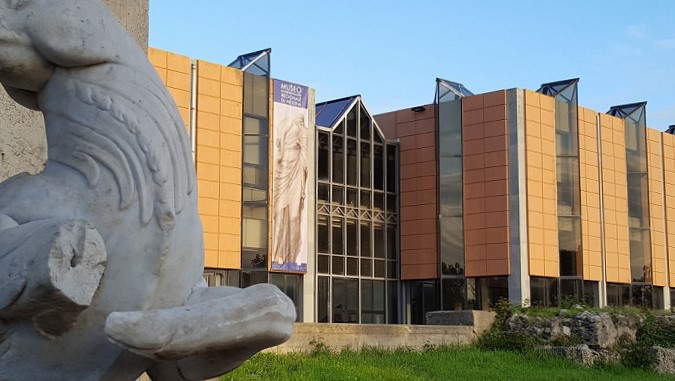 |
| The exterior of the MuME of Messina |
The museographic project and museological arrangement
The building of the new museum, inaugurated on June 17, 2017, more than 30 years after the foundation stone was laid, consists of three bodies with a square plan, staggered from each other, concluded at the northern end by large polygonal bodies. Inside, two of these bodies are characterized by a central core within which a sloping ramp connects three levels (two for exhibition spaces and one underground for storage, services and working rooms), and the third which is organized around the double-height room at the base of which is the excavation of the crypt of the church of the Most Holy Savior, a sixteenth-century Basilian monastery. Outside, where the stone artifacts had already been relocated, the portals of several churches destroyed in the 1908 earthquake and the two surviving fountains of Messina’s “four canti” were reassembled between 1998 and 2005.
The new exhibition itinerary, defined in December 2012, develops the integrated historicist system effectively conceived between the 1980s and 2000 by then-director Francesca Campagna Cicala, updating it in the light of subsequent studies, the inventory and archival verification conducted on the entire heritage, as well as the recoveries made possible by restorations. It is the result of the various contributions made over the years by successive directors: Gioacchino Barbera, Giovanna Bacci and Caterina Di Giacomo, in constant confrontation with the designers responsible for museographic and museotechnical choices, Antonio Virgilio and Gianfranco Anastasio.
The museum’s holdings, consisting of art-historical materials recovered from the rubble of the 1908 earthquake and the collections of the 19th-century Peloritano Civic Museum, are arranged in nine exhibition sections, from the Middle Ages to the early 20th century. The storerooms can be visited. The Treasure Room remains to be set up.
Director Micali’s museum idea
Micali delivered his vision for the Messina museum, a unique case in Sicily, to a program document shared with the press. At the base an inclusive, social vision, with sustainable activities, being clear that in the scale of values the economic one should always be subordinate to the cultural one, but without entrenching himself in “purist” positions, closed to the possibility, but also to the opportunity, of economic spin-offs from management activities. We could say that his is a model of “active” enhancement of identity, or, with Alessandra Mottola Molfino, of museum “personality,” which develops and enriches, that is., a more traditional passive model, based only on collection preservation or research activities with outcomes understandable mostly to a small circle of insiders. “Sustainable is the watchword of this management,” Micali explains, "and to have sustainable management requires participatory, multilevel governance among different stakeholders and strong, stable and shared intersectoral cooperation."
Already the title of the program document speaks clearly: Museum Development Policies. Program for the next three years. In the plural, not the singular. Not just one, in fact, can be the policy for cultural heritage. Instead, “cultural policies” can only have a systemic scope. They should, that is, link up with the programmatic orientations of other policies dealing with infrastructure, planning, public works, environmental protection, tourism, education, and, of course, the economy, because every cultural policy implies an economic policy, without this having to entail petty commodification. Incidentally and more generally, if cultural heritage should always be connected in a unified project framework, it is understandable how little use is served by discussing whether it is more valid to merge Cultural Heritage - Tourism (Letta), Cultural Heritage - Agriculture (Yellow-Green government) or Cultural Heritage - Environment (Montanari), and again Cultural Heritage - Tourism (Franceschini). We persist in finding binary formulas, inventing burdened bicephalic institutions, when more flexible tools could be found, such as permanent inter-ministerial concertation tables, programmatic understanding documents.
Returning to our museum and to the second point in the title of Micali’s paper, let us record something else again for a Sicilian museum. Planning over three years would have been impossible only until recently, when ticketing revenues went into the indistinct cauldron of the regional budget. Since the 2018 budget, however, the Musumeci government has stipulated that 100 percent should remain with the Department of Cultural Heritage and Sicilian Identity. But how much actually returns to the museum?
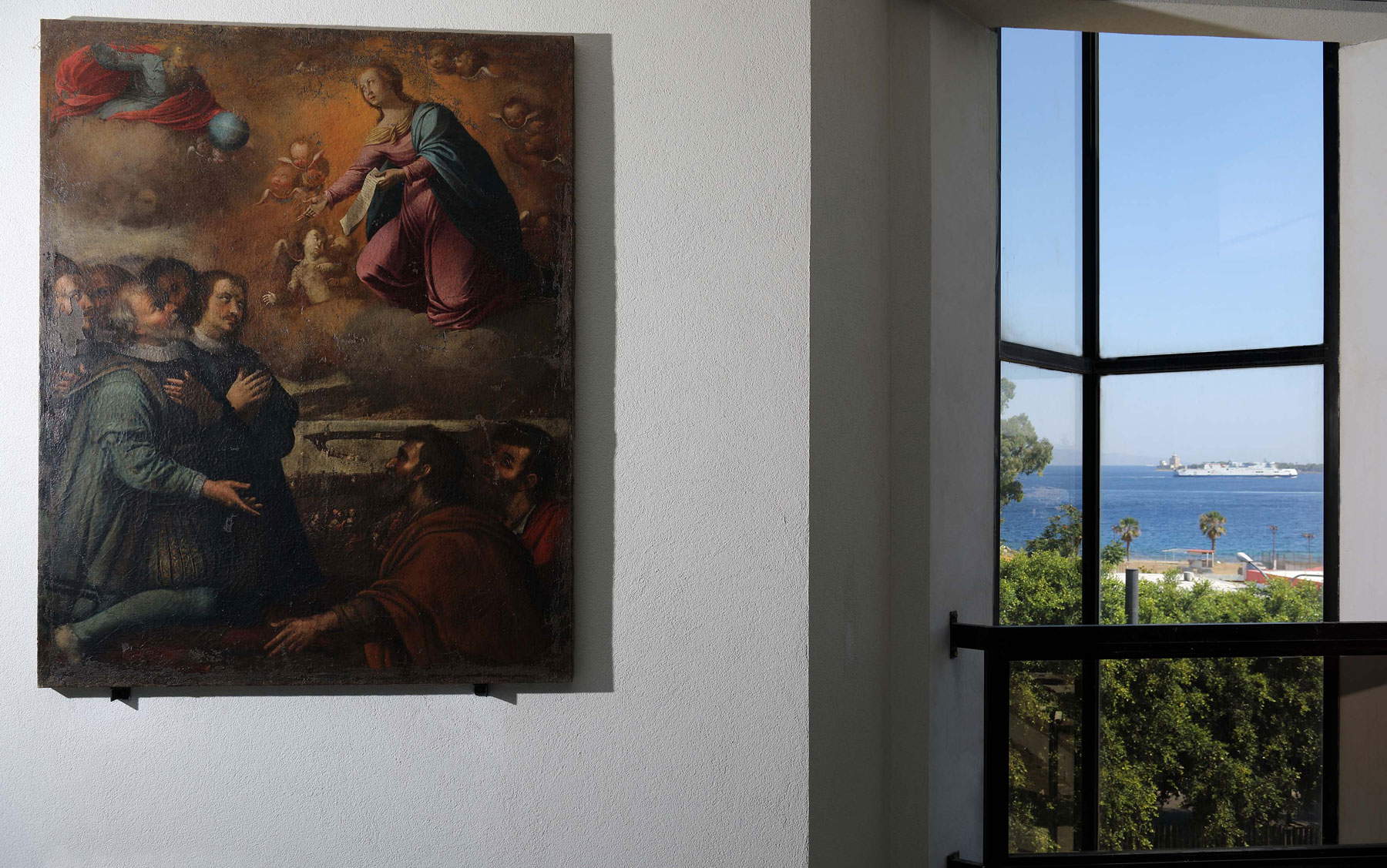 |
| MuMe 22A, museum hall and the Strait of Messina in the background. Ph. Antonio Parrinello |
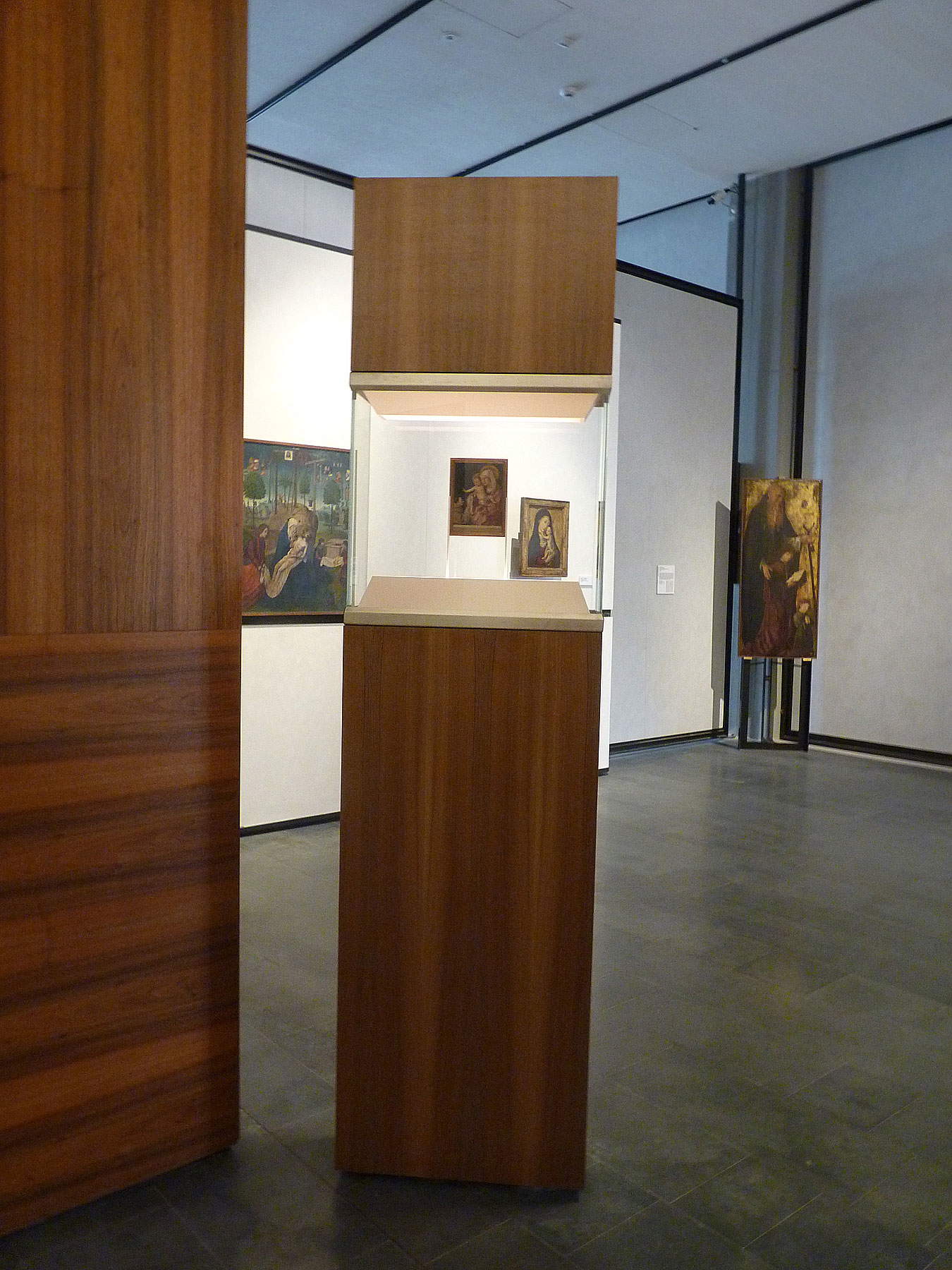 |
| Interior of the MuME |
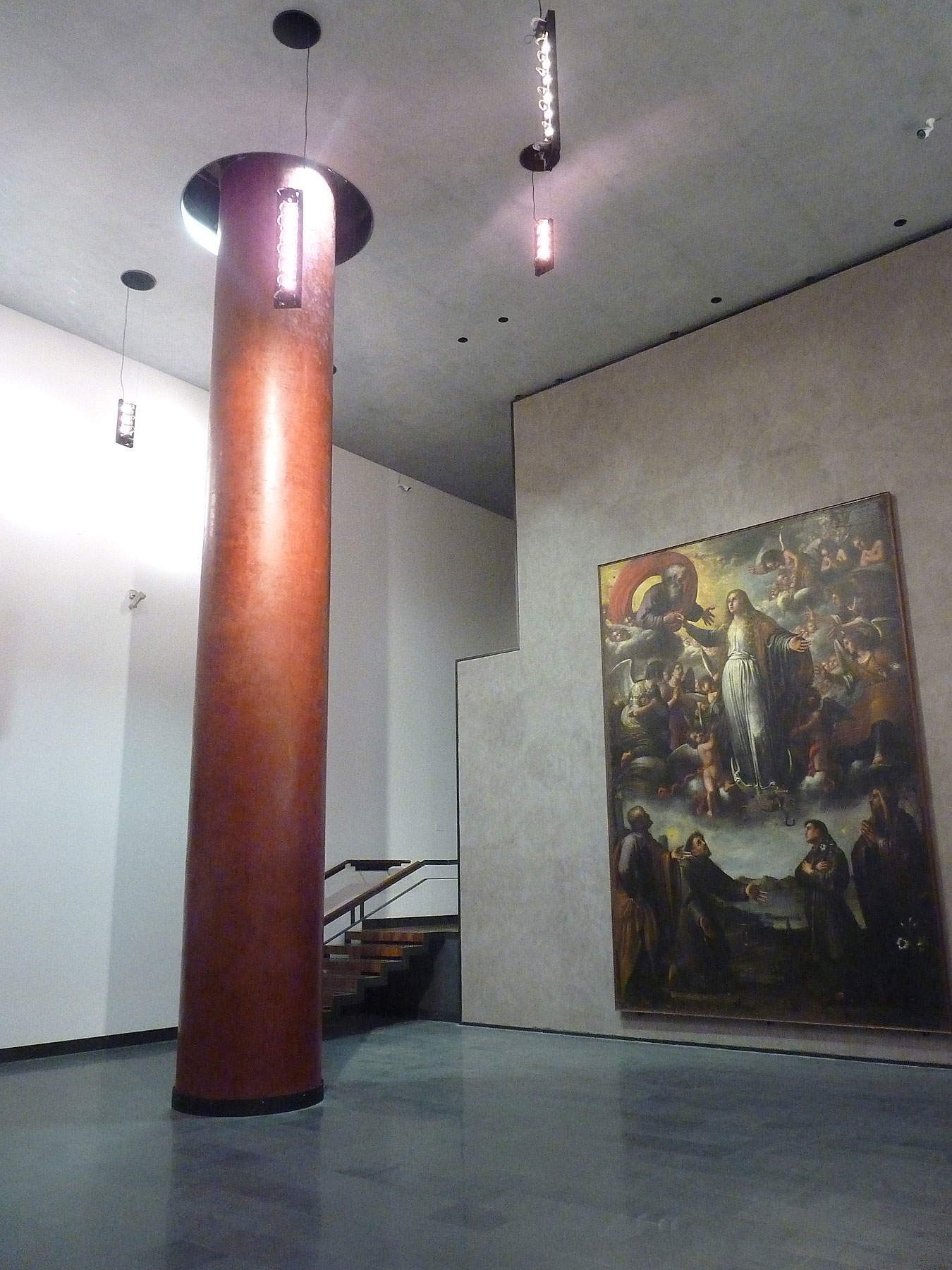 |
| Interior of the MuME |
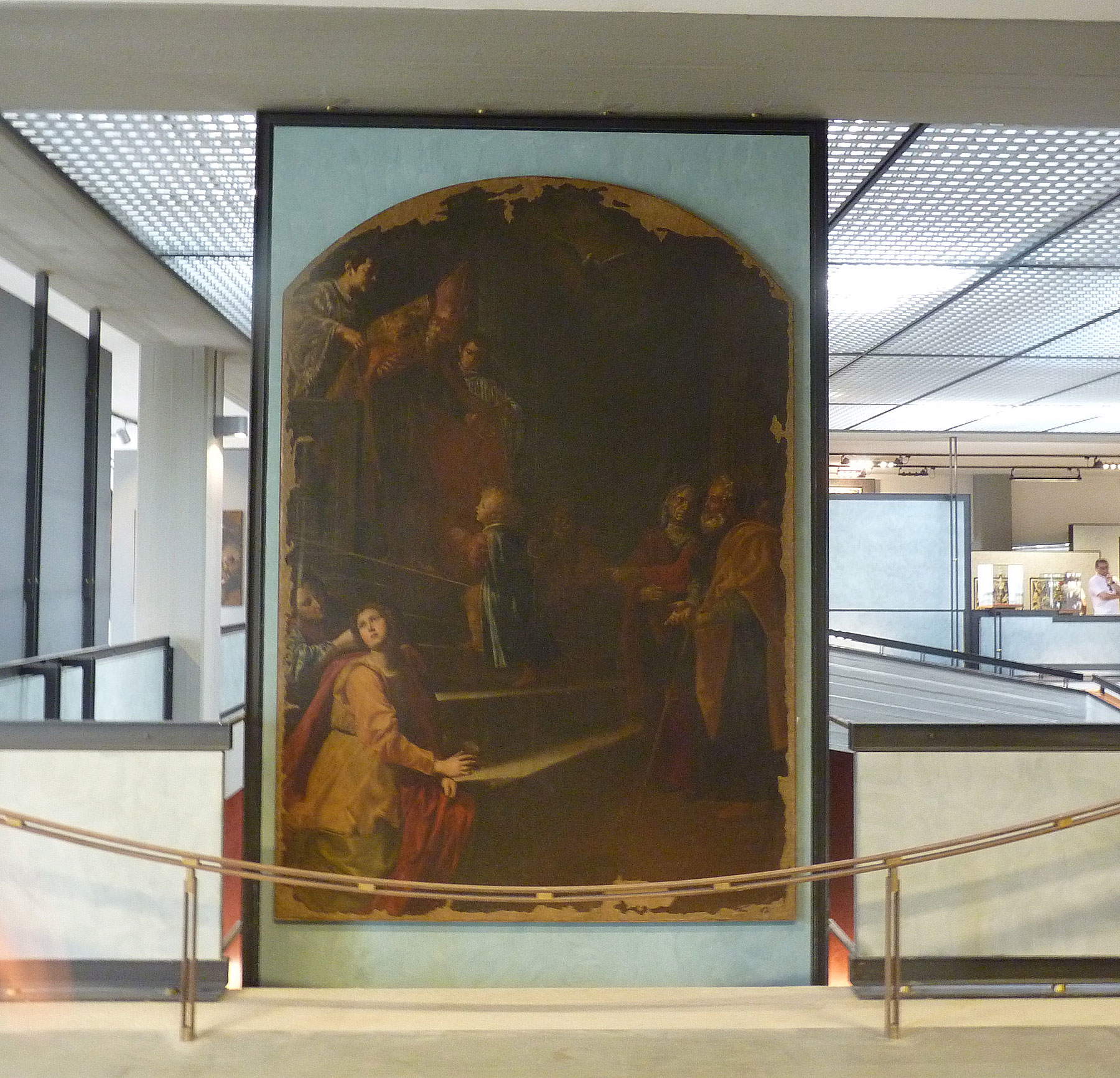 |
| Interior of the MuME |
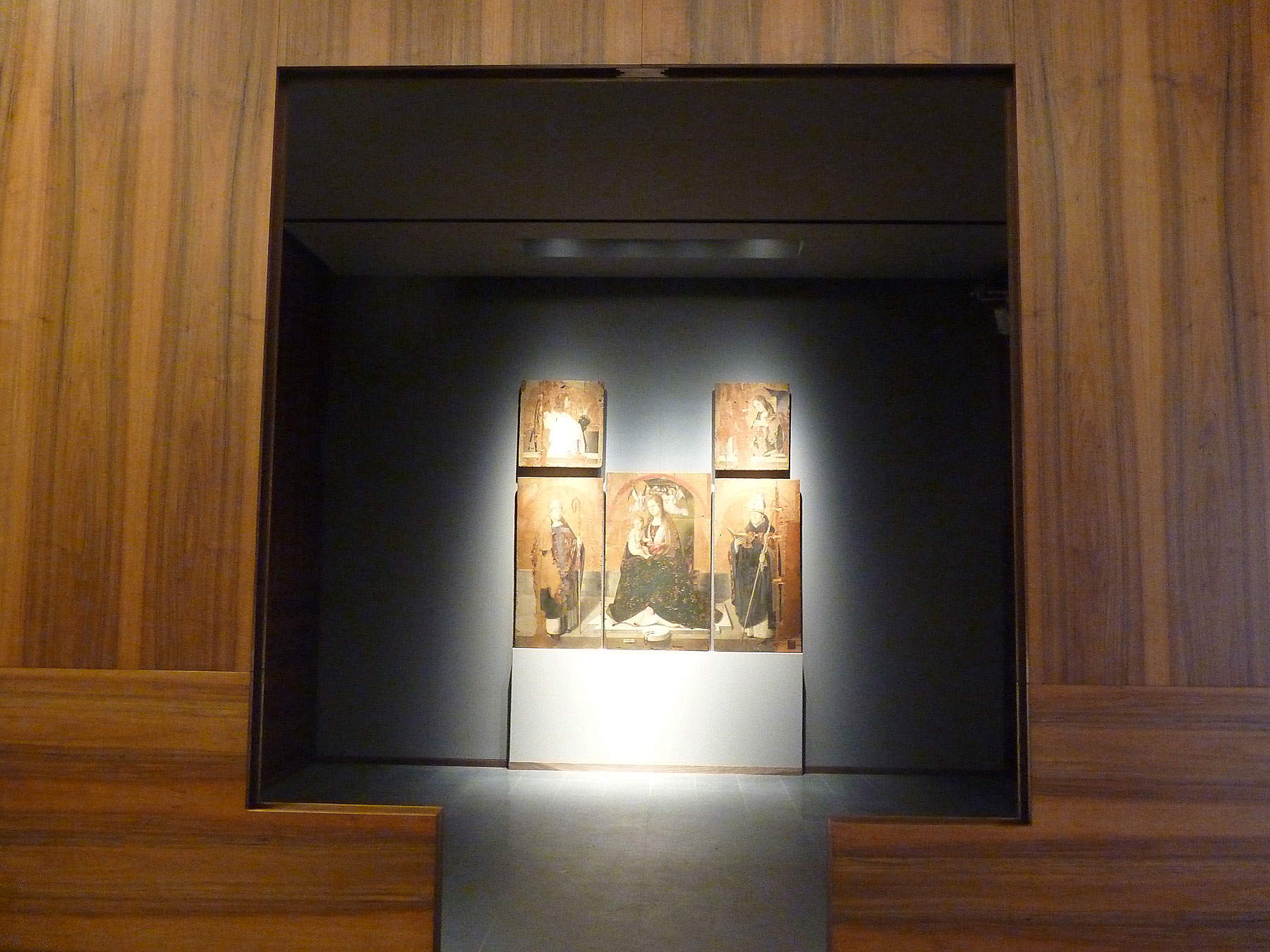 |
| Our Lady of the Rosary by Antonello da Messina |
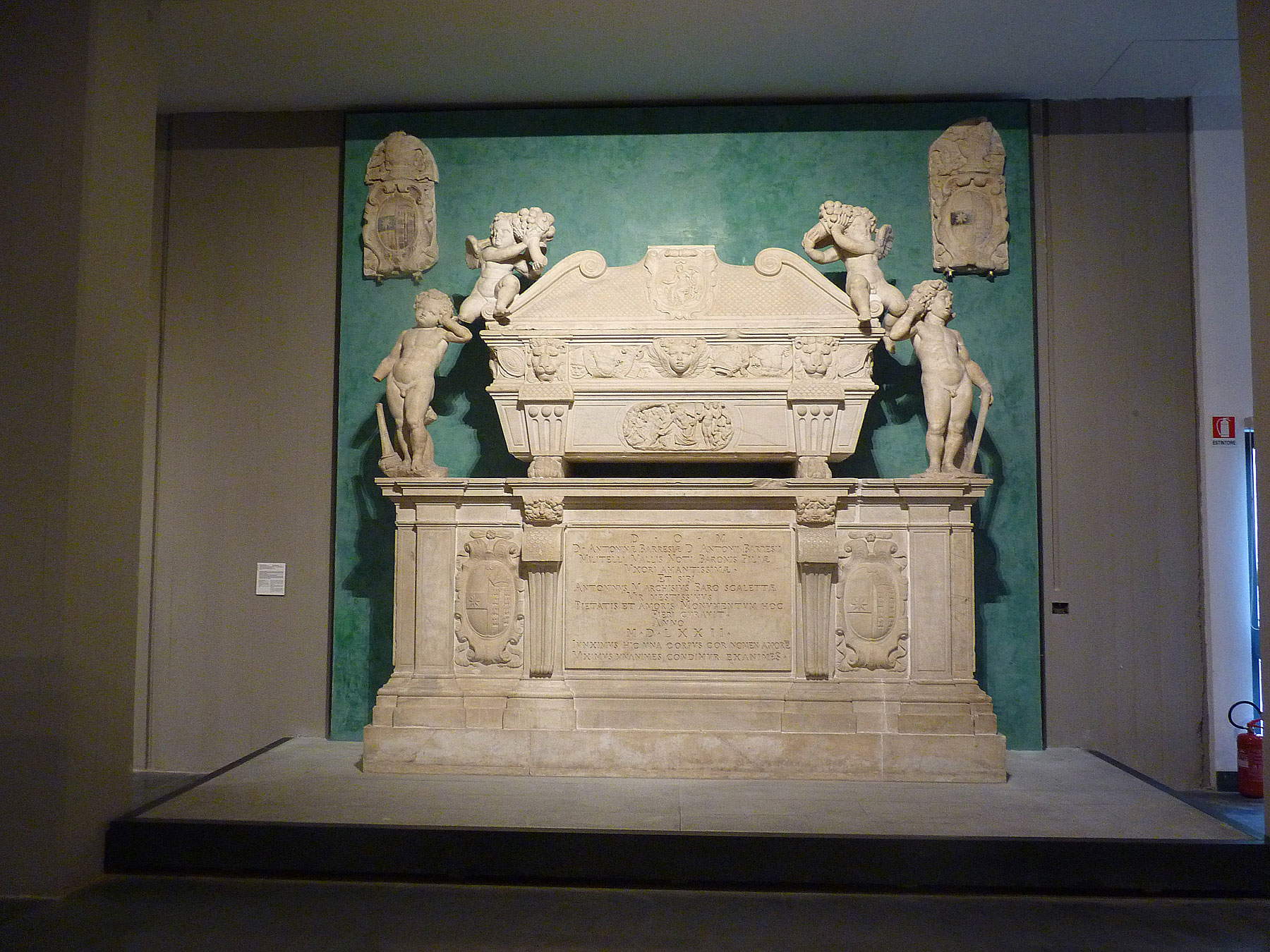 |
| Rinaldo Bonanno, the Marchesi-Barresi memorial. |
Zero-cost programming?
“The Museum of Messina has not and will not be able to produce growth if it entrusts future programming to funds from the Region’s ordinary budget,” Micali observes. By “growth” he means the advancement of the quality of life of citizens, which is also achieved through economic growth. And collective welfare promotes development. It is a circle. But can collective welfare be fostered at no cost? Without investing resources?
The museum has irrelevant figures. Yet, we recalled, in 2018 a historic decision was made by the region: for the first time with a financial law it was established that 100 percent of the proceeds from ticket sales would remain with the Department of Cultural Heritage, instead of ending up (entirely as in the past or as a percentage, as in more recent years) in the cauldron of the regional budget. It is a fact, however, that the Messina museum in 2019 was left with just 1,500 euros. How is this possible? The math is quickly done: of that 100 percent only 20 percent goes back to the museums. Thus distributed: 50% for operating expenses, the other 50% for exhibitions, to be allocated proportionally to the number of admissions. “The fixed share last year was not indicated,” Micali explains, “let alone made available, while the proportion between total admissions of the interdisciplinary and regional museums and that of Messina quantifies the share of 2018 revenues (€28,247,808.00) to be allocated to our museum at just under €1,500.00.”
If the arithmetic doesn’t add up, and to make it add up requires a rethinking of the Region’s logic of allocating funds, the director has no choice but to focus on that "participatorygovernance " he told us about. Shared with the Municipal Administration, the Municipalized Transportation Company, the Autonomous Theater Authority, the Universities of Messina and Reggio Calabria, the Navy, the Prison Administration, thePort Authority, with the Archiepiscopal Curia, with the Music Conservatory, with voluntary associations, and also with businesses and entrepreneurs who have already given or declared their support for the initiatives proposed by the museum.
Looking even beyond the city borders. But also regional ones. This has happened in the past. Thanks to an agreement with Mart, the Museum of Modern and Contemporary Art of Trento and Rovereto, and the exhibitions that were possible between 2015 and 2017 (“Futurist Invention-Depero” and “Mediterranean, Places and Myths”), the museum recorded a steady increase in visitors, with percentages from +14.5 to +17, only to suffer a contraction of about 8 percent in 2018.
But Micali is not just thinking about big events. If among “the indicators of the success of an exhibition, the number of visitors is certainly the most obvious criterion and with equal certainty the least important,” wrote Mauro Lucco, curator of the unforgettable monographic-event dedicated to Antonello da Messina in Rome, at the Scuderie del Quirinale, in 2006, Messina’s director does not let himself be caged by modest cultural logics. He has given relevance in his program to less impressive but free exhibitions designed for the former Mellinghoff spinning mill on a bimonthly basis. More adherent to that museum “personality” we mentioned, in that they are intended to highlight the heritage stored in the museum’s deposits and archives. The first six “windows” cover the 111th year since the 1908 earthquake. The first, Riding through the Centuries, opened on February 7, 2020.
Utilization, the authentic purpose of enhancement, serves to strengthen the bond between the museum and the community. Micali is convinced of this: “the Museum of Messina must become part of the daily life of the city.” Rich calendar of events that will become a regular feature of the museum: the extraordinary, evening opening for Farragosto; “Caravaggio Week” (nightly openings, meetings, differentiated tickets and study days), coinciding with Sept. 29, Michelangelo Merisi da Caravaggio’s birth day; “summer at the museum”; extraordinary evening openings, where ballet, acting, singing, theatrical performance will meet one or more works of art exhibited in the museum, and where dinner, in theme, is also part of the promotion of the encounter between the arts. An idea of “symposium” not an end in itself, which Micali declined variously, as we shall see. And, again, “MovieMuMe,” a series of ten screenings in the former Filanda, dedicated to the art, history and traditions of Sicily, at the cost of two ordinary museum admission tickets. “MuseoCittàMuseo” wants, on the other hand, to return the monumental architectural apparatuses (columns, capitals, entablatures, tombstones, coats of arms, etc.) recovered from the rubble of 1908 and now piled up in the museum’s open-air esplanade, with problems of a purely conservative order, to the urban spaces of origin. A recontextualization with “extra regional and community funds, but which should find the support,” Micali is keen to point out, “of the city community to which, before any other, the duty and social responsibility of being self-determined is attested. Will that should take shape in popular shareholding.” Because the reappropriation of collective goods also passes through these forms of social protagonism.
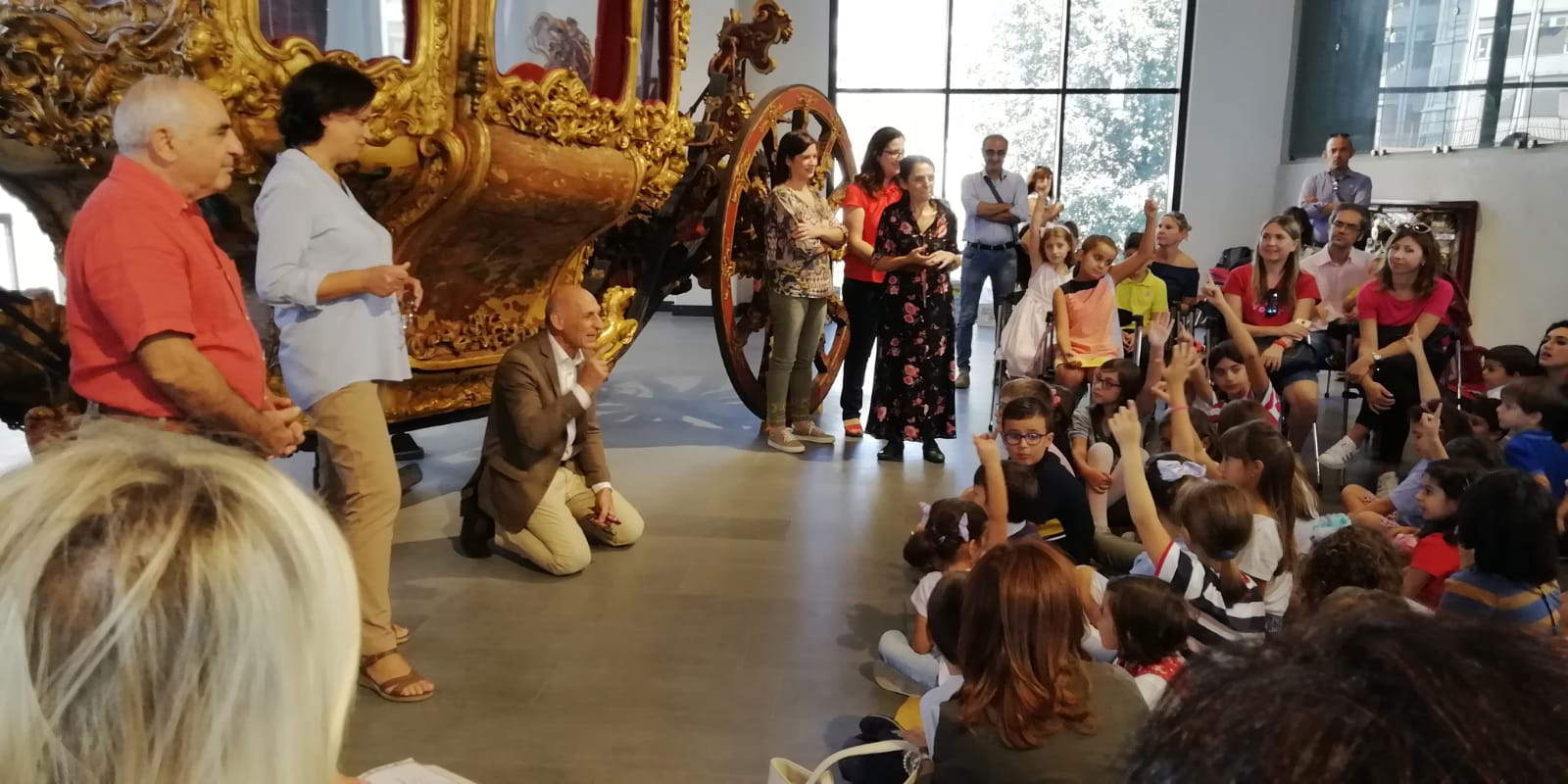 |
| Micali (kneeling center) at an event at MuMe dedicated to children |
Accessibility and services
If society becomes the protagonist, it is evident that it is a contradiction to continue to let it access the museum through the “back door.” In the policy document he shared with the people of Messina, the director first addresses the issue of accessibility. The museum is the sum of two disconnected building bodies: the old site at the former Mellinghoff Spinning Mill, formerly the National Museum, and the complex in which the new museum was ordered, built as an autonomous part of the previous structures, with no connections or links. The entrance still remained where it had always been, to lead to the old museum site. In the new design, however, the access points become two, “to make the overall museum area serve more than one function,” Micali explains. The main one, as in the original design intention, becomes the one from Liberty Avenue; while the current access from wide Museum Square will be doubled. From the first gate, one will be able to walk along the historic avenue of access to the old museum, with the conspicuous lapidarium already present, which will be enriched with additional works (transferred from the monumental esplanade or from the deposits), benches and parking spaces. The second access, on the other hand, will be activated to coincide with the opening of the “gastrobar,” bookshop and merchandising store that will be built just inside the museum space, near both entrance gates. Specifically, the “gastrobar” will be created by occupying a corner portion of the former spinning mill, in what used to be the Senate Carriage Room. It will remain open beyond museum visiting hours, seamlessly from 8 a.m. to 10 p.m. daily. “To promote the visibility and accessibility of those spaces,” Micali explains, “and to make the newly built additional services [the concession is dated last August 7, ed.] maximally usable, we are already proceeding in consultation with the Mobility Department of the City of Messina to rationalize and reorganize the system of stops and parking in the wide space in front of the entrances.” And he stresses, “the implementation of these works has been taken over by the company awarded the services to the public, which has provided a capital investment significantly higher than the contractual obligations.”
But there is much more to be done always on the fruition front. Internal and external signage, captions and educational apparatuses all need to be rethought. There is even a lack of printed guides, not even talking about digital ones or audio guides. For the visually impaired, “a newly designed and produced system for tactile perception” is being considered, the director still anticipates. But the museum also needs to get there. It needs signage that complies with the new Highway Code, but also one designed for cruise passengers, who represent the largest urban tourist flow. And although nearly 400,000 tourists disembarked in 2018, there is no form of promotion of the museum either on board or ashore. A discussion has been initiated, Micali explains, with the “Extraordinary Commissioner and the Secretary General of the Port Authority of Messina, the company Aditus (additional services), the Municipality of Messina, and the ATM, which has already produced a model solution that provides for thepurchase of a cumulative ticket, containing access to the bus with new line arranged by ATM in consultation with the Municipality with a terminus near the disembarkation point, access to the museum, visit with dedicated guide and paper guide.”
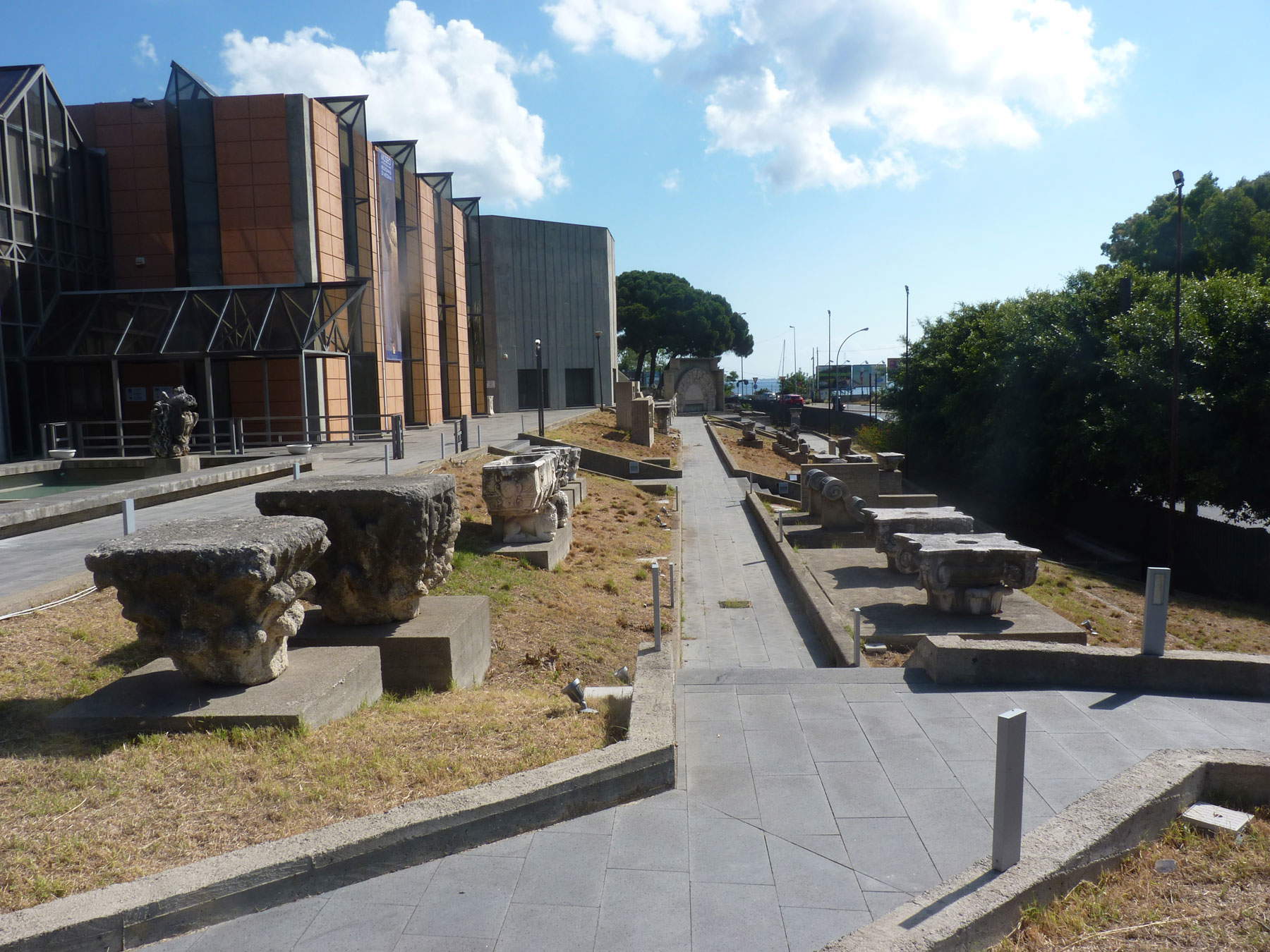 |
| Museum esplanade with stone elements from lost citadin monuments |
A museum in solidarity: “suspended ticket,” “split ticket,” lunch for the needy
Speaking of the director’s “creativity” we mentioned, Micali came up with a new kind of ticket: the "suspended ticket.“ Just like the ”suspended coffee“ in Naples, a tradition of philanthropy and solidarity, alive in social culture, which consists of the gift of the consumption of a cup of coffee for the benefit of a stranger paid for in advance by a bar patron. And he quotes writer and philosopher Luciano De Crescenzo: ”When someone is happy in Naples, he pays for two coffees: one for himself, and another for someone else. It is like offering a coffee to the rest of the world.“ Thus, ”anyone can buy a ’suspended ticket’ as a gesture of solidarity for the benefit of an unknown visitor," he comments. And again, designed always for people in need, but also for artists and scholars, the “split ticket,” at the same cost as the ordinary one, will allow access several times within the same week. While with the director of the National Museum of Reggio Calabria, they are thinking about a “smart” ticket that combines museums but promotes tourism in the two territories on both sides of the Strait.
And it also happens that the museum is accessed without the need for any ticket. Micali must have taken to the letter one of the two regional laws by which a system of cultural assets parallel to that of the state was built from scratch more than forty years ago, the one that identifies among its purposes “the social use of cultural and environmental assets in the territory of the Sicilian Region” (L.R. No. 80/1977). Not only because of the agreement with the Management of the Messina Prison to share a program of rehabilitation through art, but particularly because 2019 closed with an event that was rightly given prominence even by the national news: the lunch offered free of charge to 100 needy people, prepared by Michelin-starred chef Heinz Beck, accompanied by a visit to the rooms with the Antonello da Messina, Caravaggio, Alibrandi, Montorsoli, and Rodriguez.
While, therefore, at the Egyptian Museum in Turin there are zumbeas, at the Reggia di Caserta regattas, weddings from a thousand and one nights on the island of San Clemente in Venice or at the Pitti Palace in Florence, from Sicily an example of socially sustainable management of a museum, instead of events that have nothing to do with the cultural destination of the heritage or even segregate it for the benefit of a few, with the discriminating power of the wallet. No gala dinners or exclusive banquets by the Straits. But Micali, who already hosted in November the investigation on labor exploitation in cultural heritage carried out by the group “Do you recognize me? I’m a Cultural Heritage Professional,” went further. He managed to interpret the most authentic identity of the museum born from the rubble and that differentiates it from all others. Of the place that the Messina community had been waiting for a century, that is, since the aftermath of the tragic earthquake of 1908, the need had been imposed as an urgency to to hook with the strong tongs of a museum narrative the weave of a memory that, it was immediately understood, could not remain buried under dust and remains, along with men and works of art that were witnesses to the city’s past magnificence. If all museums are born to exorcise death, to take objects away from life and the inexorable passage of time, with this event the Messina community was invited to rework the mourning that affected an entire society. In fact, the luncheon was held on Dec. 29, a day chosen precisely to commemorate the solidarity and help brought in the aftermath of the 1908 earthquake, the first concrete sign of life after the immense tragedy. The museum responded to a need for “inclusion,” “belonging,” are the terms the director used. “Every family, person, group in this city was able to have one or more people as a guest for lunch by welcoming them in the most beautiful environment it can offer, as each of us does when we receive a guest in our home. Even more so when it is Christmas. And the Museum is the most beautiful place in the city,” he commented. An invitation made possible not through the “easier” formula of sponsorship (I give a contribution to receive an image return), but of patronage: those who paid the 50 euros to support the lunch of those less fortunate did so anonymously out of pure philanthropic generosity. Free lunch, with contributions needed to cover the costs of the meal that was served (rental of tables and chairs, purchase of tablecloths, dishes, cutlery, glasses, trays and other necessary items).
And when we talk about the interpretation of “museum identity,” is this not an example of concrete application of the meaning with which the Department of Cultural Heritage was renamed in not too distant years, which is also called, precisely, “of Sicilian Identity”? Reduced to only the interpretative derivation linked to the dimension of rhetoric, that of identity is not a term to be banned because its meaning is instrumentally misrepresented. It is, instead, a central theme in the Cultural Heritage Code and the European Landscape Convention, which elevates the latter to “foundation of identity.” If it does not remain an isolated case, it can be a management model proposed to the rest of the country.
The “museum pole”: the network of institutes headed by the Antonello Museum
The Museum of Messina is headed by what we might call a “museum pole,” and which, in fact, was such until the reorganization of the Department of Cultural Heritage last July, when it was renamed from “pole” to “service” in the bureaucratic vernacular. It includes the Museum of Silvo-Pastoral Traditions in Mistretta, Spadafora Castle, Bauso Castle, Villa Depasquale and the Byzantine settlement of Ganzirri. But with personnel, how are we months? Is adequate to manage all these sites?
“The Office,” Micali explains, “consists of a directorate and three operational units (personnel and security; Mistretta museum and library; and maintenance, collections and restoration). In addition to the director and the three managers in charge of operational units, the staff is composed of three technical officers, four art historian officers, three library officers, three expert cataloguers in art history and archives; two management instructors with the function of consignee and deputy; a restoration management instructor; and a few other management instructors and staff members with various administrative functions. The staff of the supervision and fruition services consists of about one hundred units belonging to four types of labor contracts, of which less than half are full-time. As a reminder, the Museum observes 24-hour security shifts. Some other units of part-time staff are in charge of gardening and cleaning parts of the outdoor areas, and some others support administrative activities. Six other staff units (instructors and assistants) work at the peripheral sites managed by the Museum of Messina. Villa De Pasquale is open to the public one day a week.”
Pulling the sums together, “it is more than evident that staffing levels are vastly insufficient to allow for well-rounded technical, administrative and planning activities. As far as supervision and fruition are concerned, at present the judicious and balanced use of staff allows shifts to be covered without great difficulty. But the plan to open the former Mellinghoff spinning mill as much as possible to the public for exhibitions and displays will certainly bring some criticality to the system and overtime will have to be used. The technical administrative staff, meanwhile reduced by some retirements, is insufficient. Only three technicians to think about ordinary and extraordinary maintenance projects of all kinds, but at the same time enhancement projects while working on exhibition and exposition set-ups, not to mention technical actions for the safety and health of visitors and internal staff. The same, with different skills and objectives applies to art historians. Suffice it to say that our Museum is the regional office in charge of authorizing the export of works of art, conducting a dozen preliminary investigations and authorizations a week. And art historians have their hands full assisting with the presence of one restorer in a museum with so many works. The supervision and fruition staff who make up, as much as they can, for the shortage of electricians, plumbers, blacksmiths and carpenters.”
We said, the name changes, but the substance remains. The new “Museum Service,” heir to the former pole, is still based on a logic of “territorial network,” with “minor” sites integrated with the museum acting as a driving force. For the time being, the director has focused on the latter’s “emergencies.” “Focusing the first commitment mainly on the museum means,” he tells us, “aiming for a result with driving capabilities for the other sites as well.” For which, however, “we have not been sitting on our hands. I know well the conditions of Villa de Pasquale and I have already started an internal discussion on a hypothesis of valorization that we will translate into a program-project that in the first months of 2020 we will propose to the Councillor and the General Management. With the municipal administration of Villafranca Tirrena, which is particularly active, we have initiated interlocutions and discussions on the future of the Castle of Bauso. In the meantime, we favored and supported with our staff the events that were conducted in the summer. For Spadafora Castle, a preliminary discussion with the municipal administration will be needed. For all three sites, we believe we will arrive at a fruition and enhancement plan by spring 2020, to be active at the start of the new tourist season. For the Museum of Mistretta, in the Nebrodi Mountains, a more complex and mediated reasoning is needed since it is not easy to manage a site and staff at such a distance and with the limitations that are placed regarding the use of the administration’s cars to travel to the site. The difficulty of interacting with the municipal administration, which is currently commissarial, does not facilitate the development of projects and programs to be shared. At the beginning of next year, however, a school educational project will be launched, which has received the allocation of a small amount of funding.”
In the second part of the report: the exhibition route, problems, design flaws, museum numbers
Warning: the translation into English of the original Italian article was created using automatic tools. We undertake to review all articles, but we do not guarantee the total absence of inaccuracies in the translation due to the program. You can find the original by clicking on the ITA button. If you find any mistake,please contact us.



























